It’s not very often, or at all, that a man can survive sixty hours in the depths of the Ocean and live to tell the tale. However, this is exactly what happened to Harrison Okene.
But what caused his vessel to sink? And how exactly did he survive nearly three days underwater?


The Early Years
Okene was born in Nigeria, where he grew up on the coast. From his early years, Okene felt a deep connection with the Ocean. Being right on his doorstep, he learnt how to respect the sea and all that mother nature brought with it.
It was as though he could see right into his future, knowing the only career for him was linked with the Ocean.
It was this close connection that helped Okene to pursue a career working as a chef on a Nigerian vessel, the Jascon 4. Working under West African Ventures, Okene became a cook on the vessel.
He was able to follow his passion for the Ocean by spending most of his time on the sea, cooking meals for the crew on board.
Just A Normal Day
The day of 26 May 2013 started out like any other day for Harrison Okene. His ship was sailing in the Gulf of Guinea, where the Atlantic Ocean is rich in petroleum.
The Jascon 4 was following through with its set routine of assisting an oil tanker around twenty miles off the coast of Nigeria.
Okene’s alarm clock woke him at 5am, forcing him out of bed to make breakfast for the crew on board. Just like any other morning, he headed straight to the bathroom.
However, little did he know that as his alarm sounded in the eerie morning, nothing would ever be the same again.
The waters were particularly turbulent due to stormy conditions that had occurred the night before. However, like the experienced seaman Okene was, he thought nothing of it. There were a few heavy waves here and there, but nothing too extreme.
But, as it turned out, there was plenty of reason to be concerned. Out of nowhere, a humongous wave engulfed the Jascon 4, sinking the vessel. The ship was sent 100ft underwater.
The Sinking
During the early hours of 26 May, the Jascon-4 sank to the depths of the ocean, taking with it Okene and ten other members on board.
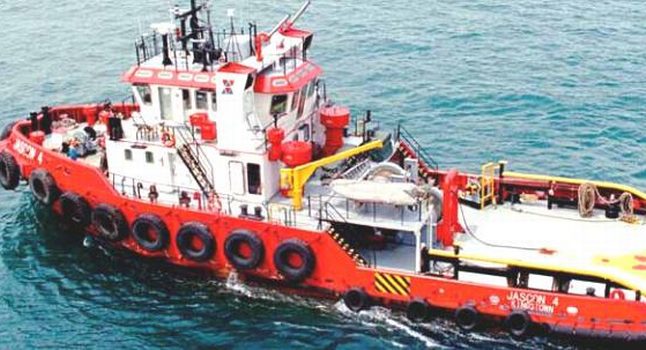
Of all the places to be, Okene remembers being on the toilet when the boat capsized. Not a place you’d choose when your boat decides to sink.
However, it seemed like the best possible place for him in this situation. If Okene was still sound asleep in his bed, he may not be alive to tell his remarkable tale.
With the Jascon 4 flipped upside down, the floor soon became the ceiling, and the small toilet cubicle began to fill with seawater.
The lights went out, and Okene was plunged into the pitch black, feeling the icy water become higher and higher.
“One minute, two minutes,” Okene said. The small toilet cubicle did not take long to fill with water, and Okene knew he couldn’t stay there.
During emergencies, exits in the vessel automatically locked, and this was the case for the door to the toilet cubicle. As piracy is a huge issue in the Gulf of Guinea, security measures meant the doors would lock from the inside.
It was this enhanced security that stopped the crew from escaping as the Jascon-4 sunk to the ocean floor.
Okene knew that he had no choice but to leave the cubicle. In a moment of panic, he tore apart a vent and used it to prise open the door and attempt his escape to the main part of the ship.
He heard echoes of panic from his crewmates as he tore through the vessel. He kept searching for an escape route, but it was no good.
With no hope of exiting the boat, Okene had to use his skill of practicality and the ability to keep a cool head to decide what to do next.
He grabbed supplies from a nearby pantry and then headed to the ship’s officer cabins, where he found refuge in another bathroom.
It was in this bathroom Okene spent the next 60 hours hoping and praying he would make it through everyone’s worst nightmare.
Surviving The Ordeal
Okene was able to survive the sinking of the Jascon-4 through human resilience and hope. A human’s natural instinct is to stay alive when put into a life-or-death situation.
Okene was going to do everything he possibly could to make it home to his wife and family, there was no doubt about this.
In the bathroom where Okene found refuge, his survival depended solely on the small air pocket he had available.
Where the water had not entirely filled the bathroom, there was still room for Okene to breathe.
However, this oxygen would soon become limited. The longer he kept breathing, the more this air pocket would fill with deadly carbon dioxide.
Even though he was lucky enough to have found this air pocket, it still had its dangers. Firstly, the temperature of the water was freezing cold. So cold, in fact, it could cause hypothermia.
On the surface of the ocean, temperatures were toasty, at 27 degrees Celsius. Underneath the surface was a different story. With no sunlight to warm the water, it was an icy temperature that could cause serious harm.
Keeping a cool head, Okene decided the only way to try to keep warm would be to create a raft. This would keep his body out of the water and hopefully keep him warmer.
He used whatever he had available in the bathroom to create something that would keep his body out of the water. He was able to find some tools, which meant he could strip wall panelling from the boat and being wood, he was able to use this to float.
It allowed him to keep half of his body out of the water, which ended up saving his life.
As the hours passed in complete darkness, the more Okene began to question his hope. He knew the only way to survive was to stay strong mentally, but this isn’t always so easy when you’re placed in a deadly situation.
Okene admitted that many thoughts went through his head during those sixty hours of terror. He thought about his wife and family, thinking about how they would live without him. “I was praying a lot,” he stated.
It was this praying that kept Okene alive. Even as time pressed on with no hope of rescue, Okene knew all he could do was keep his hope alive and keep working against the odds, showing his utmost resilience.
The Rescue
The Jascon-4 had released a mayday call, so once the waters had calmed, the rescue could begin. The divers arrived via boat to the shipwreck’s location and marked it with buoys so that they wouldn’t lose it.
The divers swam down to the boat and banged on the sides. Okene heard and banged back, but the divers could not hear him.
They weren’t prepared for deep-sea diving, and this meant they could only stay down by the shipwreck for a limited amount of time. Because they had not heard Okene’s bangs, they called off the rescue mission as there was no evidence of survivors.
After being stranded on the bottom of the ocean for sixty hours, things were looking bleak for Okene. He only had a limited amount of food and drink, and his supply of oxygen was quickly diminishing.
With no sign of rescue, he later admitted that the hope he once had was beginning to vanish.
As soon as the first rescue mission was called off, West African Ventures hired another diving team that specialised in salvaging. The team’s mission was now to only recover the bodies of those who hadn’t survived the sinking.
A team of six divers had been appointed to the recovery mission. This included five divers to swim down to the boat and a supervisor to sit above the surface and guide the team in the murky waters.
Due to the boat being turned upside down and the amount of silt that had been disturbed when the Jascon-4 hit the surface, it meant that it was going to be disorientating for the divers. There would also be little visibility.
It was going to be extremely difficult for them to get into the boat due to the security in force to prevent piracy.
The dive team consisted of Nico Van Heerden, Andre Erasmus, Darryl Oosthuizen and Colby Werrett. It was Werrett who stayed on the surface to assist the divers by video.
The dive team spent over an hour breaking into the boat, showing just how strong the security measures were. First, they had to break into the external door, which was watertight and then a second metal door, which was also locked.
The mission continued once the divers had broken into the boat. After the obstacle of the doors, there were the obstacles inside of the boat. The team had to get past overturned furniture, boat equipment and swim through tiny passages in their bulky diving gear.
Soon, the team was able to recover four corpses, and it was at this point that Van Heerden decided to swim through a small passageway and encountered Okene’s hand.
Moments before, Okene felt Van Heerden’s hand. He wasn’t sure what it could be when he heard knocking on the door. His initial thoughts were that it could be sharks.
That was until he saw the light coming from torches, and he knew his prayers had been answered.
The divers had come to his rescue, but still, it would be another three days until Okene could be allowed back on dry land.
Being so far underwater, Okene had been exposed to a high amount of pressure and nitrogen. If the divers brought him straight to the surface, then this could have killed him.
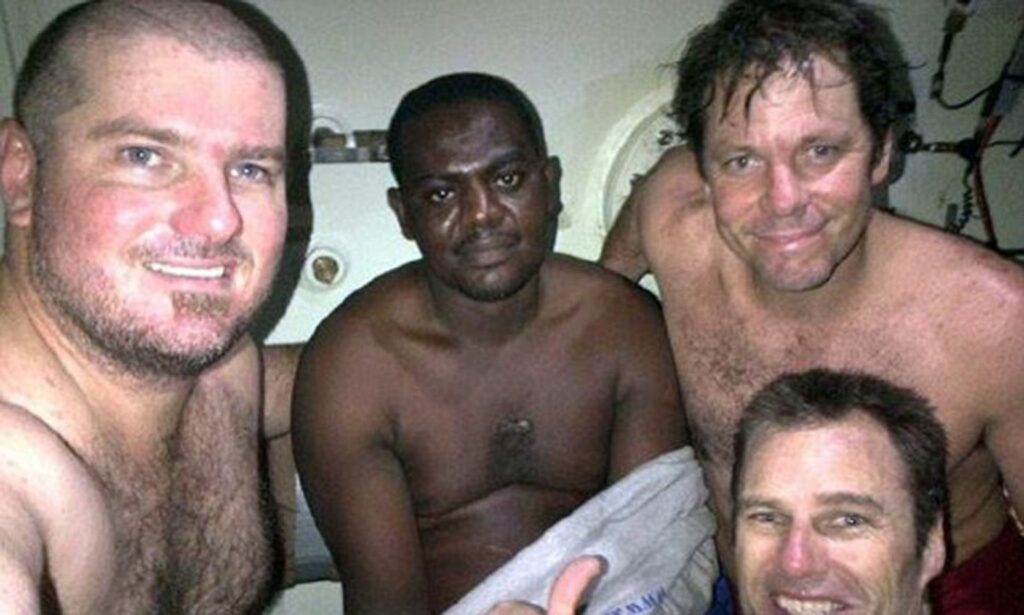
This pressure sickness is known as the bends, and it’s when nitrogen begins to bubble in the blood. Mild symptoms can be joint pain and rashes. It can also lead to paralysis, neurological issues, cardiac arrest or even death.
The only outcome the divers could think of was to place Okene in a decompression chamber. He had to stay here for a further three days so that his body could be brought back to the correct pressure for the surface.
After such an ordeal, the divers tried to make Okene feel as comfortable as possible with regular meals, water and fresh bed linens delivered over those days.
Life After Survival
After he was allowed to leave the decompression chamber, Okene became an international sensation. His incredible story was celebrated by numerous news outlets, with continuous praise for his endurance and resilience.
Okene chose to share his story to motivate others to never give up, no matter what life throws at you. He became an advocate for maritime safety, particularly when it came to working at sea.
Ten years later, Okene now works as a diver. His traumatic event didn’t stop his love for the Ocean, in fact, he couldn’t wait to get back to it.
After discovering his natural talent for diving during his rescue, Okene began his training as soon as he could and now works on vessels, making underwater repairs.
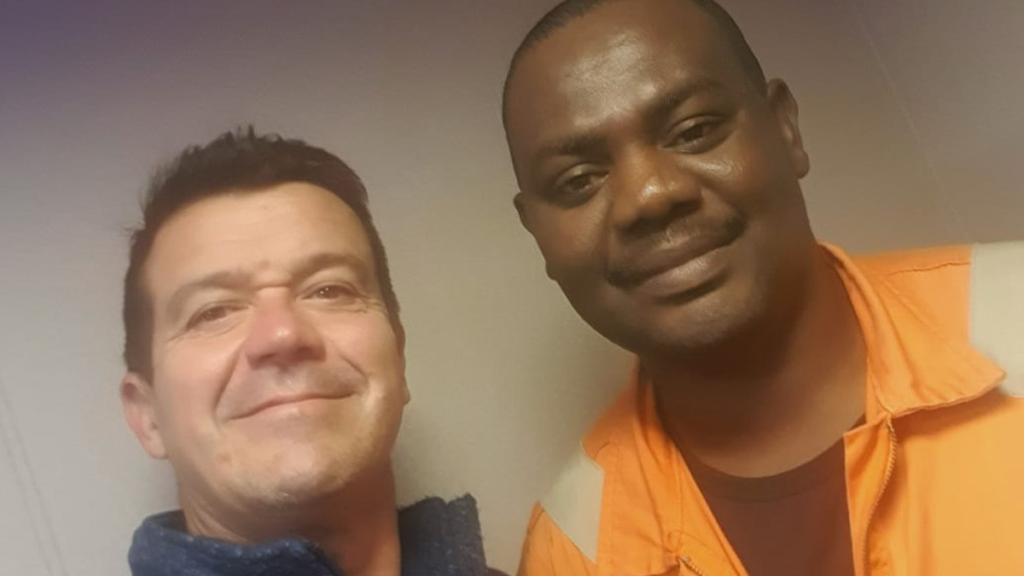
Spending sixty hours in the darkness of the Ocean is no doubt one of the scariest places to be, especially when it seems there’s no chance of escape. When your life is suddenly thrown into danger, it can be hard to keep fighting.
Harrison Okene’s story has taught many people across the world that you need to keep your strength and the will to live. Ten other crew members died that fateful day on May 26.
Even after hearing their screams and then their silence, Okene still showed resilience. He knew he had no choice but to survive.
To this day, Harrison Okene continues to inspire others with his remarkable story. Teaching humans the importance of staying strong and keeping your faith, no matter what life throws your way.

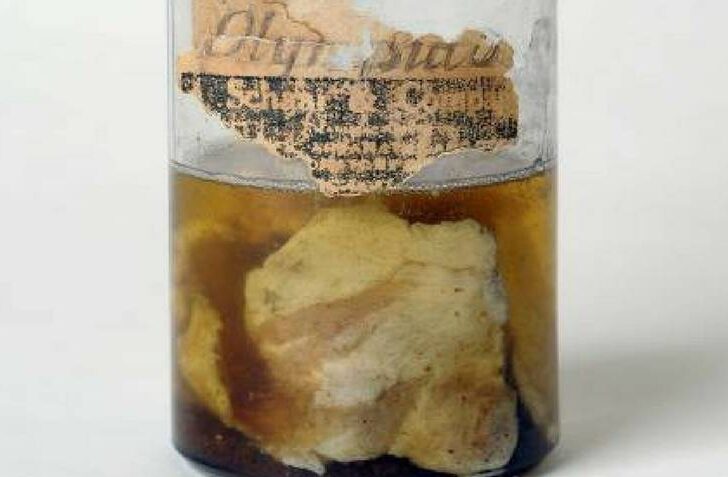

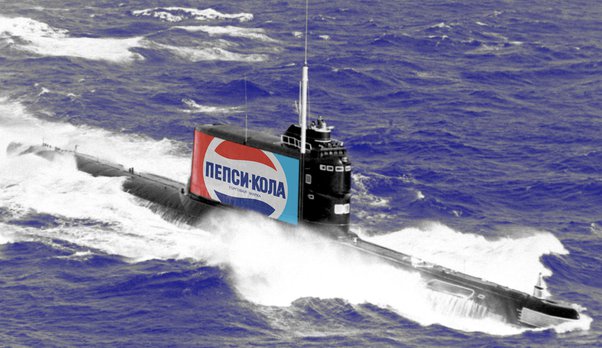
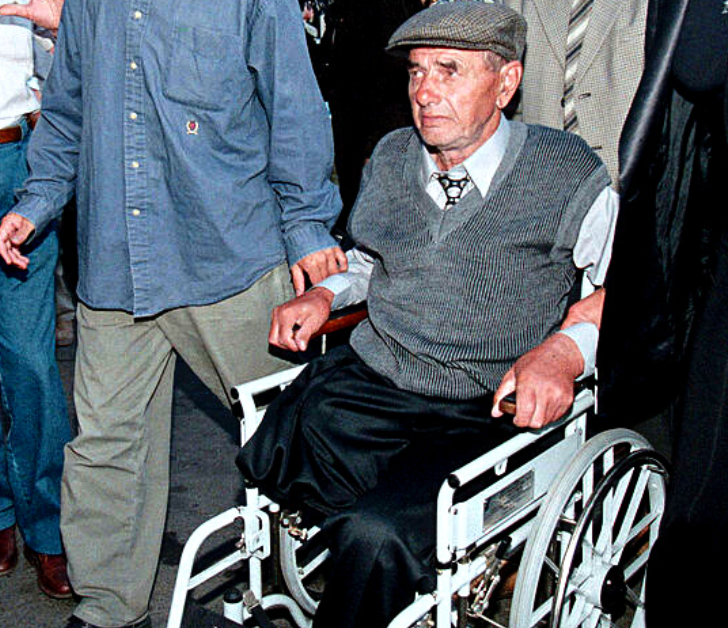
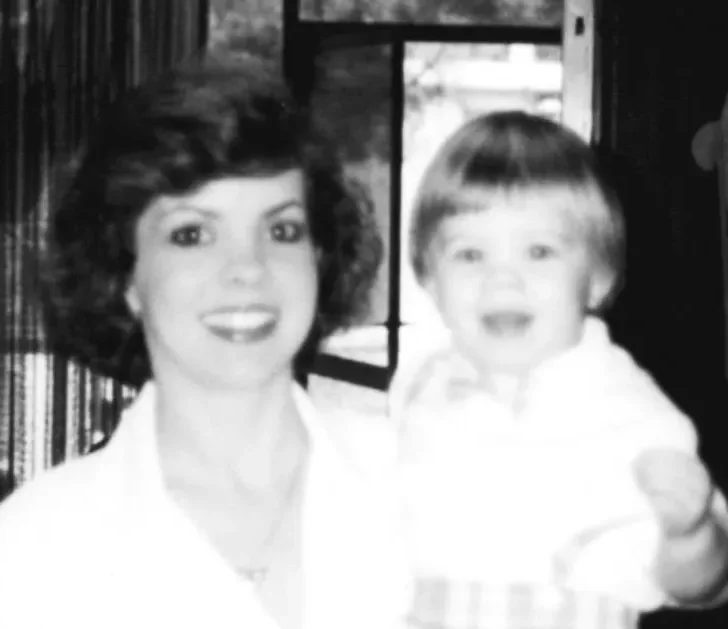






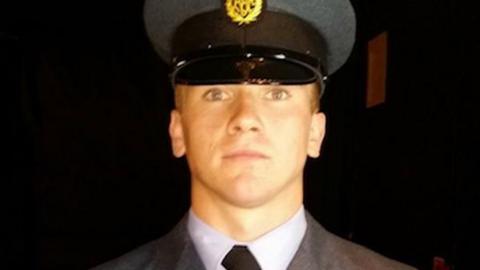
Leave a comment